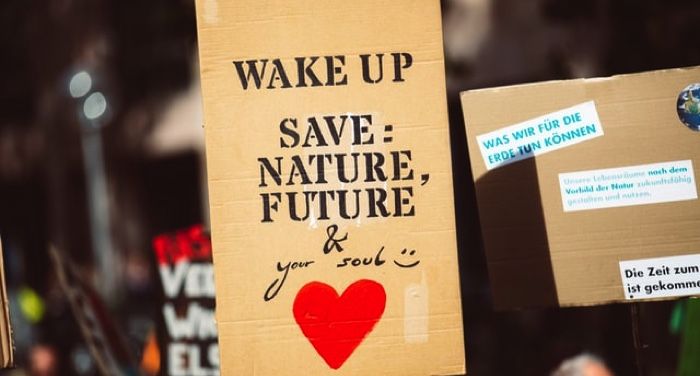
Books to Make You Feel Less Helpless About the Climate Emergency
Learning about the climate emergency can cause a lot of eco-anxiety. Sometimes it feels like a problem that is too big to tackle, but today I’m here with a book recommendation list that will remind you that’s not true. These books get into the “how” behind solving the climate emergency. And, while they do still discuss the scope of the emergency, and what’s at stake, the main focus of these books is a call to action, and advice on climate activism and organizing work. Any one of these books should leave you feeling ready to get involved in organizing to stop the climate emergency. These books will remind you solutions are possible, and — hopefully — inspire you to get involved!
Several of the books on this list are essay collections, so in reading this list, you’ll see the subject of the climate emergency approached from a wide variety of perspectives, which is important. Some of the writers are climate scientists, some political organizers, some students, and some artists, but all will remind you that we have skills to bring to the climate movement. Additionally, a couple of the books suggested here are more broadly about social justice, mutual aid, and organizing — with climate justice organizing used as one kind of example. Their advice for engagement and taking action can be applied more broadly, or specifically to climate work, so they felt important to include as well.
No matter where you start here, I hope you’ll feel galvanized, empowered, and even hopeful when it comes to the climate movement. Let’s start reading:
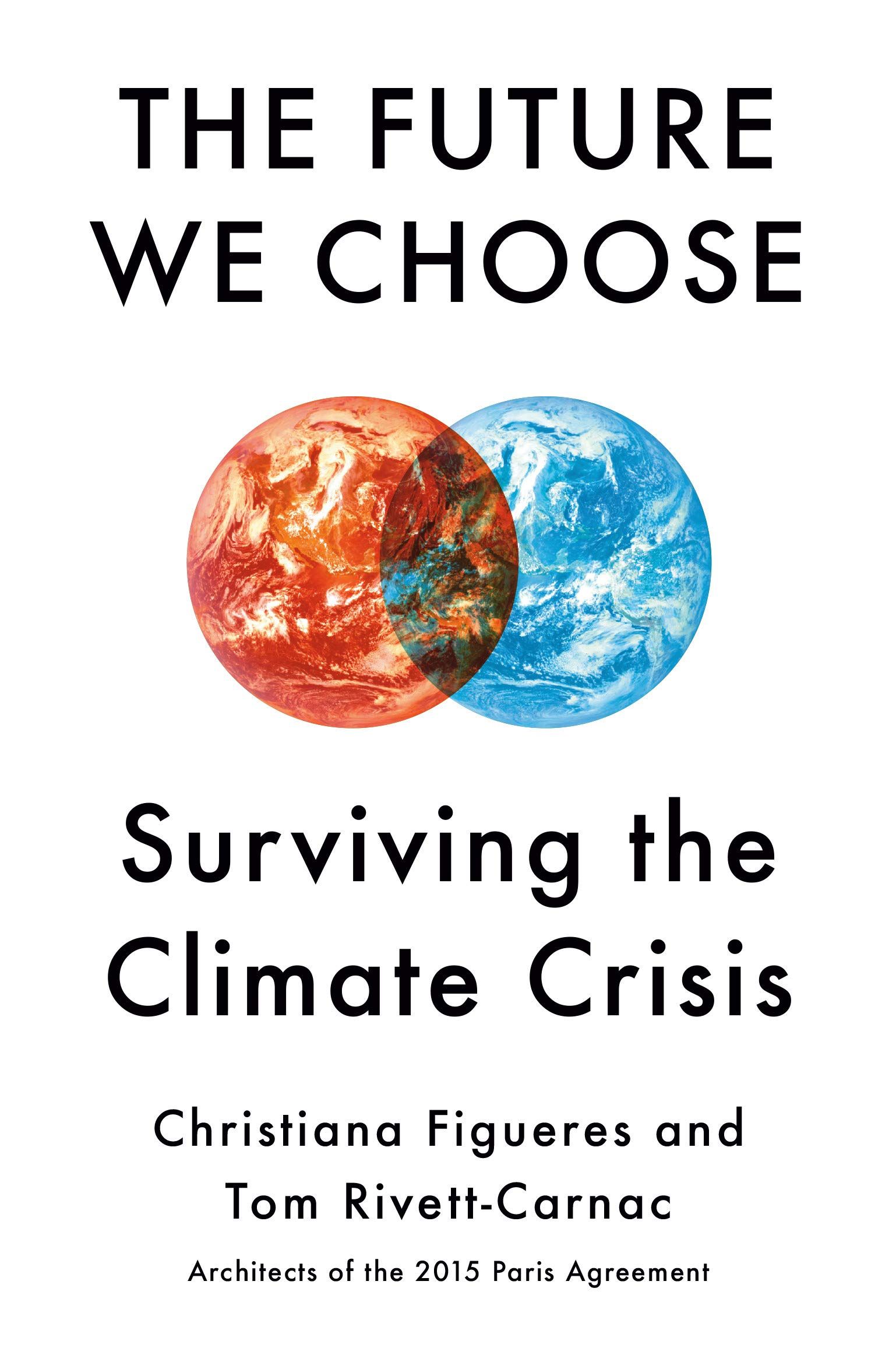
The Future We Choose by Christiana Figueres and Tom Rivett-Carnac
In this book, the authors — who led the negotiations for the 2015 Paris Agreement — outline two potential scenarios for how our society will respond to the inevitable climate emergency. The first scenario is a world in which we do not reach the targets laid out in the Paris Agreement. But the second scenario, called “The World We Must Create” gives the reader a hypothetical insight into the beauty of living in a “carbon neutral, regenerative” world. Following our two scenarios, the authors present three mindsets and ten actions we can adopt if we want to achieve the second positive scenario. The final section is a checklist-style action plan for what you, personally, can do right now, this week, this month, this year, by 2030, and by 2050 to create this world. The Future We Choose is the epitome of a solutions-oriented book with strong calls to action to help the reader feel less helpless about the world and climate.
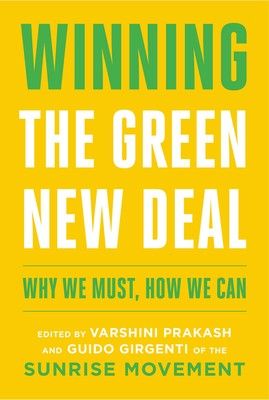
Winning the Green New Deal: Why We Must, How We Can by Varshini Prakash and Guido Girgenti
This book is edited by the co-founders of the Sunrise Movement, a grassroots organization fighting for the Green New Deal. It details both the major why and how questions around the Green New Deal: how we can achieve a Green New Deal by 2030, how the government can fund it, and effective ways for activists to organize and achieve this political shift. The third whole section of this book is a crash course in organizing for the Green New Deal — Sunrise Movement calls this strategy “giving away our DNA,” and believes these tools can help develop local leaders out of the readers.
A Paradise Built in Hell by Rebecca Solnit
In A Paradise Built in Hell, Solnit is interested in the mutual aid communities’ “moments of altruism, resourcefulness, and generosity” that commonly arise after disasters, including natural disasters like earthquakes, hurricanes and fires. All of which will only become worse in the climate emergency. Although the disaster premise of the book may sound terrifying, ultimately this book makes you feel less helpless because it demonstrates the real ways people have come together in response to disasters. It presents a vision for a world that is more collective, collaborative, and localized — qualities we will need to adapt in order to combat the climate emergency.
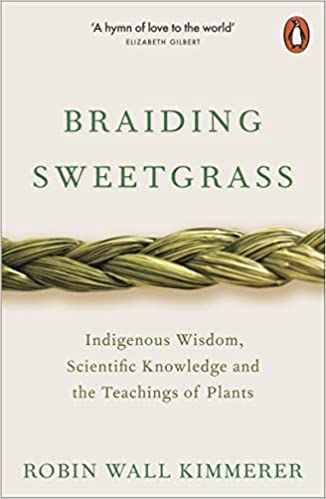
Braiding Sweetgrass by Robin Wall Kimmerer
Robin Wall Kimmerer is both a citizen of the Potawatomi Nation and a botanist. In Braiding Sweetgrass, she explores the ways in which her Indigenous wisdom and scientific knowledge intersect to create her understanding of nature. The beauty in this book is an excellent reminder of why we’re in the fight against the climate emergency. It is also a reminder that following Indigenous leaders and their generations of knowledge is necessary for a just climate future.
This is Not a Drill: An Extinction Rebellion Handbook
Much like the Sunrise Movement’s Winning the Green New Deal book, This is Not a Drill is a handbook by the grassroots climate activism group, Extinction Rebellion. It lays out a case for why we need swift and revolutionary action in order to prevent the climate emergency. And it provides a “how to” for aspects of movement building, including: civil resistance, media strategy, courting arrest, and art. For example, the toolkit explains everything you’ll need to blockade a road in climate protest — in terms of calls to action, you can’t get much more direct.
Mutual Aid: Building Solidarity During This Crisis (and the Next) by Dean Spade
Published during the COVID-19 pandemic, this book is about why mutual aid matters, and how to do mutual aid successfully. According to its definition, “Mutual aid is the radical act of caring for each other while working to change the world.” The first section of the book explains the key elements of mutual aid, how it differs from charity, and how mutual aid benefits community. The second section is a practical guide to mutual aid organizing. It helps troubleshoot common troubles movements attempting mutual aid can face. It also provides guidance on: group culture, group decision making, leadership, funding a movement, and more. It is truly a masterclass in mutual aid and movement building — important skills in the time of the climate emergency.
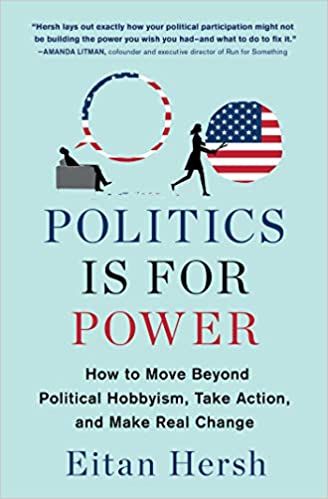
Politics is for Power by Eitan Hersh
This book challenges the reader to push past passive “political hobbyism,” to active political engagement. It examines the way most Americans — particularly white, highly educated Americans — engage with politics. The typical modes of engagement include watching the news, scrolling social media, complaining, and taking “token actions” like making small donations or signing a one-off petition. If this sounds familiar, never fear! The book proposes solutions to help the reader take political action more seriously, and to build political power for issues and causes.
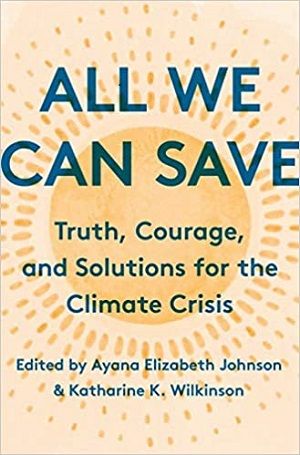
All We Can Save by Ayana Elizabeth Johnson and Katherine K. Wilkinson
All We Can Save is a beautiful collection of essays, poetry, and art, all by women working in the climate movement. They offer expertise and also encouragement about building a society that can withstand the climate emergency. The subtitle of this book is “truth, courage, and solutions for the climate crisis,” and the pieces deliver. Reading this book will make you feel optimistic, well-equipped to take action, and comforted by the community that exists within climate work.
For more reads about the climate emergency, check out these about the intersection of climate and capitalism, and this one about hopepunk!











